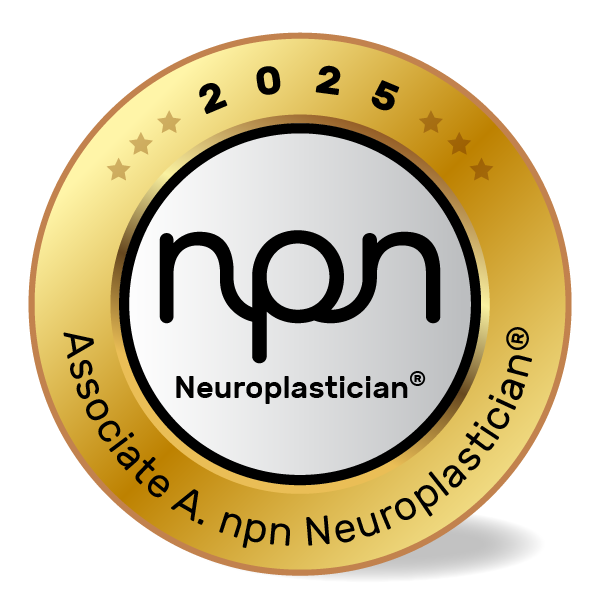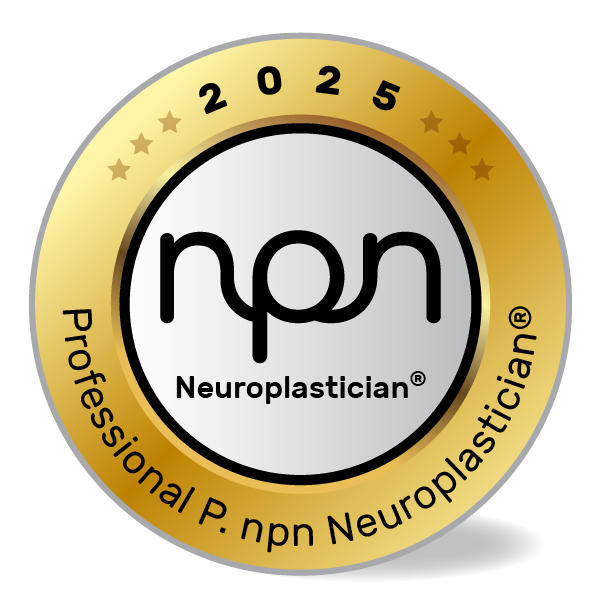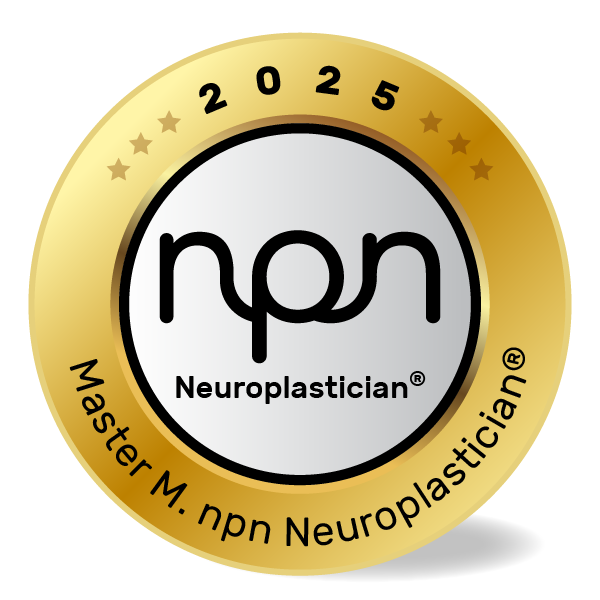How Neuroscience Unlocks Emotional Mastery for Practitioners, Coaches, and Educators
npnHub Editorial Member: Caterina Perry curated this blog
Key Points
- Emotional Intelligence (EI) is shaped by brain systems involved in empathy, self-awareness, and emotion regulation.
- Neuroscience shows EI can be enhanced through targeted neuroplasticity strategies.
- The amygdala, prefrontal cortex, and insula play central roles in emotional processing and regulation.
- Practitioners, coaches, and educators can train EI through mindfulness, feedback, and cognitive reappraisal.
- Emotional Intelligence is not fixed – it can grow through brain-based interventions backed by science.
1. What is Emotional Intelligence?
During a leadership coaching session, Maria, a neuroscience-informed practitioner, noticed that her client, a senior executive, repeatedly misread the emotional tone in team meetings. Despite strong technical skills, he struggled with interpersonal dynamics. Rather than dismiss it as a personality flaw, Maria saw it as an opportunity to strengthen Emotional Intelligence.
This story is an illustrative example of how EI shows up in professional settings. It’s not about being “nice” or “emotional”, it’s about accurately perceiving, understanding, and managing emotions in ourselves and others.
Coined by psychologists Peter Salovey and John D. Mayer, and popularized by Daniel Goleman, Emotional Intelligence encompasses five four core elements: self-awareness, self-regulation, self-management, motivation, empathy, and social skills. Social awareness and relationship management. Neuroscience now confirms these aren’t just personality traits – they’re linked to specific neural pathways and structures that can be strengthened through experience and training.
Studies from Harvard’s McLean Hospital and Yale Center for Emotional Intelligence have shown that higher EI correlates with improved leadership, mental health, and even physical well-being (Harvard source | Yale Center for EI).
2. The Neuroscience of Emotional Intelligence
In an educator training workshop, a facilitator noticed two teachers responding differently to classroom stress. One took deep breaths and re-centered. The other became defensive. The difference wasn’t just temperament, it was neurological.
The brain circuits underlying Emotional Intelligence involve complex interactions between the amygdala, prefrontal cortex (PFC), and insula. The amygdala processes emotional salience, especially fear and threat. The PFC evaluates these signals and exerts top-down control, helping us choose responses wisely. The insula enables interoceptive awareness, key for empathy and self-understanding.
When the amygdala hijacks the brain, we overreact. But when the PFC is strong and integrated, we regulate effectively. This dynamic is referred to in neuroscience as emotion regulation circuitry, and it’s trainable.
As neuroscientist Dr. Richard Davidson (University of Wisconsin-Madison) notes, “Well-being is a skill, and like any skill, it can be cultivated.” (Davidson, 2012)
These systems function as a network. Strengthening one aspect, like interoceptive awareness, often improves others, such as empathy or self-control.
3. What Neuroscience Practitioners, Neuroplasticians, and Well-being Professionals Should Know About Emotional Intelligence
A cognitive coach was working with a young adult struggling in high-pressure presentations. Through brain-based EI coaching, they didn’t just rehearse scripts, they practiced emotion labeling, self-regulation strategies, and empathic communication. Within weeks, the client showed not only confidence but deeper interpersonal resonance.
Professionals must understand that Emotional Intelligence is not “soft”, it’s neural. And it’s shaped by both experience and intentional intervention. Misconceptions abound:
- Myth: Emotional Intelligence is innate – you either have it or you don’t.
- Truth: Research shows EI can be developed through training and neuroplastic change.
- Myth: Emotion regulation means suppressing feelings.
- Truth: Healthy EI involves noticing, naming, and navigating emotions – not numbing them.
- Myth: High IQ ensures high EI.
- Truth: Many cognitively gifted individuals struggle with EI, especially under stress.
Frequently Asked Questions neuroscience practitioners encounter:
- How can I teach clients to recognize and regulate emotions in real time?
- What’s the role of brain chemistry – like oxytocin and cortisol – in EI?
- Can Emotional Intelligence practices improve neural integration and resilience?
Researchers from Stanford, Berkeley, and the NIH have all contributed insights into the neurocognitive foundations of EI, making it one of the most practical domains in applied neuroscience.
4. How Emotional Intelligence Affects Neuroplasticity
Emotional Intelligence shapes – and is shaped by – neuroplasticity. Each time a person engages in reflective listening, names their emotion, or takes a pause before reacting, they are rewiring their brain.
The ventromedial prefrontal cortex becomes more efficient in regulating the amygdala, while insula activity increases with improved self-awareness and empathy. A study from the University of Oregon demonstrated that training in emotional skills led to observable changes in brain structure and connectivity over just a few weeks.
Repeated emotional regulation strengthens neural pathways for self-control, empathy, and insight. Left unchecked, emotional reactivity can deepen maladaptive patterns. But with practice, EI skills become more automatic thanks to long-term potentiation, a key neuroplastic process.
Thus, Emotional Intelligence isn’t just a social asset, it’s a powerful rewiring tool for the brain.
5. Neuroscience-Backed Interventions to Improve Emotional Intelligence
Why Behavioral Interventions Matter
Clients struggling with interpersonal conflict, decision-making, or burnout often have underdeveloped emotional skills. Neuroscience-based interventions provide pathways for lasting change, especially when stress circuits overpower regulatory systems.
During a wellness coaching program, one practitioner used structured journaling and mindfulness to help a healthcare leader reduce reactivity. The result? Stronger PFC activation and improved interpersonal outcomes.
1. Emotion Labeling
Concept: Naming emotions activates the prefrontal cortex and reduces amygdala activity (Lieberman et al., 2007).
Example: A coach working with a startup founder teaches the client to label stress (“I feel overwhelmed”) before making decisions.
✅ Intervention:
- Ask clients to pause and name the emotion before reacting.
- Use an “emotion wheel” to expand vocabulary.
- Practice during role-plays and real-life debriefs.
2. Mindfulness-Based Stress Reduction (MBSR)
Concept: MBSR strengthens brain regions responsible for self-awareness and emotion regulation (Hölzel et al., 2011).
Example: A well-being coach guides clients through daily 10-minute breath awareness practices.
✅ Intervention:
- Start sessions with guided mindfulness.
- Recommend mobile apps for at-home practice.
- Encourage reflective journaling on emotional states.
3. Cognitive Reappraisal Training
Concept: Reappraising a situation recruits the dorsolateral PFC, altering emotional response patterns (Source).
Example: A teacher reframes a disruptive student’s behavior as stress signaling rather than defiance.
✅ Intervention:
- Teach clients to “pause, then reframe.”
- Use the ABC model (Activating event, Belief, Consequence).
- Practice with real-life emotional triggers.
4. Empathic Listening Exercises
Concept: Practicing empathy enhances insular and anterior cingulate cortex connectivity (Source).
Example: In executive coaching, clients role-play difficult conversations with an empathy-first mindset.
✅ Intervention:
- Use mirroring techniques in dialogue.
- Reflect emotional content, not just facts.
- Debrief client responses and brain-based shifts.
5. Gratitude and Positivity Journaling
Concept: Positive emotions stimulate the release of dopamine and activate the default mode network, supporting emotional resilience (Source).
Example: A neuroplastician invites clients to list three positive experiences each evening.
✅ Intervention:
- Create a daily gratitude habit.
- Use apps or trackers to gamify practice.
- Connect gratitude to relationship-building exercises.
6. Key Takeaways
Emotional Intelligence is more than a leadership buzzword – it’s a trainable, brain-based skillset rooted in neurobiology. For coaches, educators, and well-being professionals, building EI means engaging with the core circuitry of empathy, awareness, and regulation.
Whether you’re guiding clients through stress, fostering team cohesion, or enhancing classroom environments, remember:
- The brain can rewire itself to enhance emotional skills.
- Emotion regulation is not suppression but transformation.
- Every emotional challenge is an opportunity for growth.
🔹 EI is shaped by specific neural pathways and is neuroplastic.
🔹 Brain-based strategies like mindfulness and reappraisal improve EI.
🔹 Professionals can train clients to recognize, regulate, and reframe emotions.
🔹 Neuroplasticity empowers the brain to evolve emotional skills over time.
7. References
- Yin J. Study on the Progress of Neural Mechanism of Positive Emotions. Transl Neurosci. 2019 Apr 23;10:93-98. doi: 10.1515/tnsci-2019-0016. PMID: 31098318; PMCID: PMC6487779. Link
- Gu X, Gao Z, Wang X, et al. Anterior insular cortex is necessary for empathetic pain perception. Brain. 2012;135(Pt 9):2726-2735. doi:10.1093/brain/aws199. Link
- Bryan T Denny, Mallory L Jungles, Pauline N Goodson, Eva E Dicker, Julia Chavez, Jenna S Jones, Richard B Lopez, Unpacking reappraisal: a systematic review of fMRI studies of distancing and reinterpretation, Social Cognitive and Affective Neuroscience, Volume 18, Issue 1, 2023, nsad050. Link
- Ochsner, K. N., et al. (2002). Rethinking feelings: An fMRI study of the cognitive regulation of emotion. Journal of Cognitive Neuroscience. Link
- Davidson, R. J. (2012). The emotional life of your brain. Penguin.
- Fredrickson, B. L. (2004). The broaden-and-build theory of positive emotions. Phil Trans R Soc B. Link
- Decety, J. (2011). Dissecting the neural mechanisms mediating empathy. Emotion Review. Link















